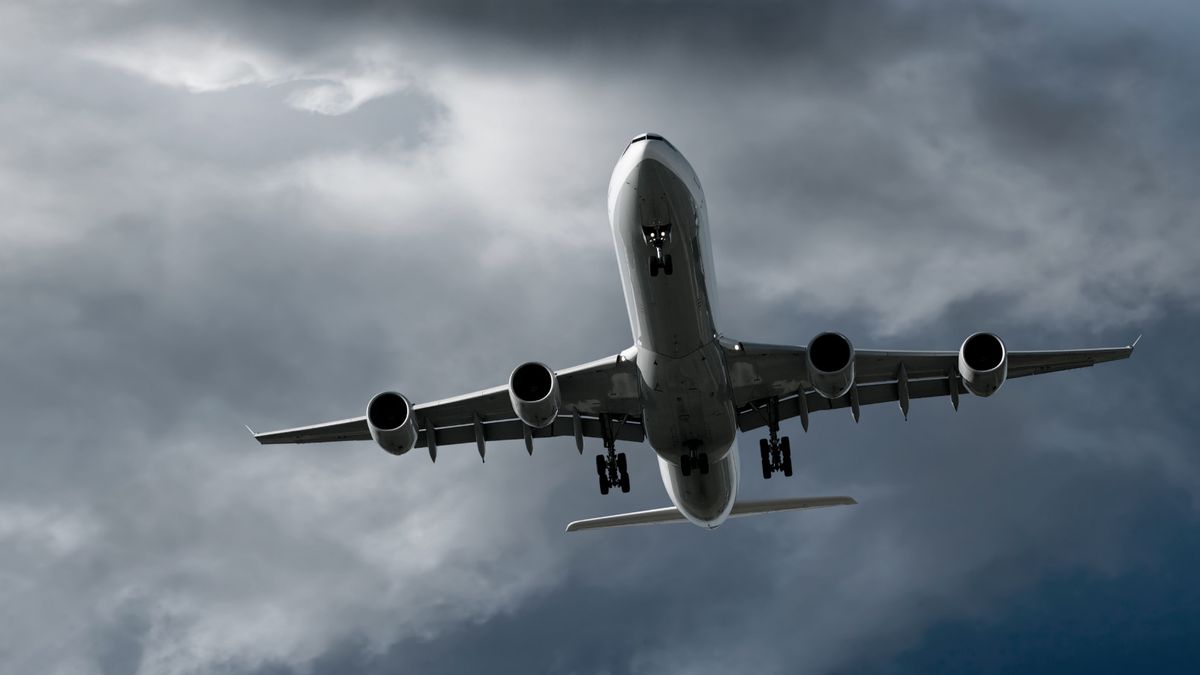Scientists have developed a technique that could mitigate the effects of turbulence on dynamic structures and vehicles, with a particular focus on unmanned aerial vehicles (UAVs).
Turbulence is the name we give to changes in air pressure that cause aircraft to shake. This is most apparent when an aircraft judders as it passes through changes in air pressure mid-flight. This is unlike flying animals, which have evolved a natural ability to sense the changes in their surroundings that cause turbulence, and quickly adjust to maintain smooth flight.
Research published Sept 24. in the journal NPJ Robotics, outlined how scientists could develop a control technique for aircraft. The technique required the use of an artificial intelligence (AI) system called FALCON to automatically adjust flight to compensate for turbulence.
Reinforcement learning — an AI training method — has been previously used to develop AI-augmented control systems, but only for specific environments or vehicles. FALCON, by contrast, has been trained to understand the underlying principles that cause turbulence in order to adapt to any conditions.
FALCON is based on Fourier methods, which use complex sine waves to represent data. The researchers found that representing wind conditions digitally as periodic waves provided an effective means to model turbulence, as the ebb and flow of the wind and its effects naturally follow a wave pattern.
Related: New ‘wastewater’ jet fuel could cut airplane emissions by 70%
“The use of reinforcement learning to adapt in real time is notable, as it learns the underlying turbulence model,” Hever Moncayo, a professor of aerospace engineering at Embry-Riddle Aeronautical University told Live Science. “I believe this technology is very feasible, especially with current computational capabilities like Jetson, which support real-time integration of adaptive learning, Fourier analysis, and computation.”
The scientists tested the AI in a wind tunnel at Caltech, using an airfoil wing to represent a UAV and fitting it with pressure sensors and control surfaces. It used these to sense pressure changes and adjust its pitch and yaw as needed to maintain stability. A movable cylinder was also placed upstream of the wing in the wind tunnel to generate random fluctuations in the turbulence.
It was found that after nine minutes of learning, where FALCON would continually attempt to adapt to the changing turbulence and feed back the results, the AI could maintain the aerofoil’s stability in the wind tunnel.
“Caltech’s wind tunnel tests show that FALCON can learn within minutes, indicating scalability to larger aircraft,” said Moncayo. “However, real-world challenges remain, particularly in rapid adaptation to diverse and unpredictable conditions and in validating performance across varied UAV configurations and wind environments.”
By enabling automated adaptation to turbulence, this research has the potential to lead to smoother flying for UAVs and commercial aircraft. The researchers have also suggested the possibility of sharing environmental data between aircraft in order to warn of disturbances. However, given the cybersecurity concerns surrounding aircraft control systems, this would require a robust security protocol that would need to be thoroughly reviewed and tested in advance.
“Continued development will likely focus on refining prediction accuracy and reducing training time, which is feasible, but complex,” said Moncayo. “Additionally, inter-aircraft information sharing will enhance the system’s predictive power, but will likely require robust communication standards and data handling protocols for broader adoption.”
The next stage of the research aims to reduce the AI’s learning time. This is likely to become the researchers’ core challenge, as being able to adapt rapidly to environmental conditions is essential for a practical solution to turbulence.
